The International Equine Podiatry Academy mission aims to create a world class equine podiatry program to benefit the optimal health and welfare of the horse. Education, clinical services, and research will inspire equine professionals to use compassion and empathy to further advance the field of equine podiatry with the ultimate purpose to develop and be recognized as an AVMA specialty college.
Veterinary Student Curriculum
Year One
Students learn the basics of distal limb anatomy, farrier tools, conformation, horseshoes, and an introductory lecture on mechanics. They receive five hours of lecture and 40 minutes of lab time. Est. 2024.
Learning Objectives for First Year
Anatomy – Taught by Karen Blake
- Develop a basic understanding of external anatomical features of the equine hoof.
- Know the bones of the equine digit.
- Learn the vasculature within the hoof (and some important ones for venograms in the limb?)
- Have an in-depth understanding of the suspensory apparatus of the distal phalanx.
- Know the origin and insertion points for SDF, DDF, and Suspensory ligament.
Conformation – Taught by Raul Bras
- Continue to develop a mental image of a healthy foot
- Introduction to angular limb deformities and conformation of foals
- Assess possible conformation and the associated faults
- Learn how conformation can impact function
Farrier Anatomy and Tools – Taught by Brian Buckner and Lexee Maestas
- Review external hoof anatomy.
- Develop an understanding of Duckett’s Dot.
- Understand what happens anatomically/biomechanically when shoes are applied.
- Visualize basic hoof shapes.
- Be able to identify farrier tools and their uses. Primarily cutting tools and shoe pulling tools.
Farrier Shoes – Taught by Brian Buckner and Lexie Maestas
- Learn the pros and cons to different materials horseshoes can be made of.
- Introduction to therapeutic shoes: learn why we use them and when it is appropriate.
- Understand ways a keg shoe can be altered to serve a therapeutic purpose.
- Learn some of the helpful products on the market.
- Learn tools to address the vet-farrier relationship and verbiage to facilitate a professional conversation.
Introduction to Mechanics and How They Relate to Anatomy x2 – Taught by Ric Redden
- Use information from the last four lectures to see the horse as a biomechanical apparatus.
- Learn the suspension components of the digit.
- Learn the support components of the digit.
- Utilize an understanding of suspension components and support components to describe direction of motion in a normal hoof.
- Explain forces on each anatomical aspect of the digit described in lecture.
- Use the ability sketching feet to explain radiology of the foot.
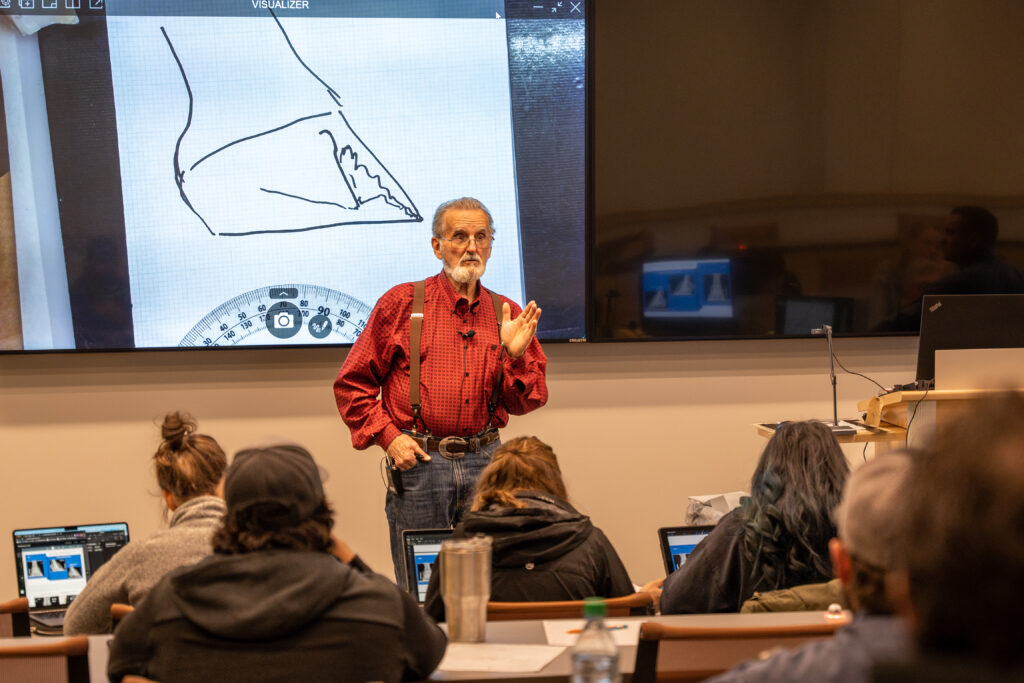
Year Two
Students build on their knowledge of the basics and broaden their knowledge with information on common pathologies, diagnostics, therapeutic shoes, and mechanics. They receive eight lecture hours and two laboratory hours. Est. 2023.
Learning Objectives for Second Year
Understanding key anatomical features of the foot – Taught by Ric Redden
- Focus on specific anatomic components.
- Become aware of common foot issues and the relationship to the specific components.
- Understand the interconnectedness of key anatomical components.
- Notice that all feet are unique with asymmetrical features.
- Know what the farrier’s influence on anatomical features is.
Radiology utilized in podiatry – Taught by Raul Bras
- Understand the basic principles of podiatry as to prevent foot-related lameness.
- Understand different clinical signs or presentations of foot-related lameness.
- Develop a systematic and efficient assessment protocol of the foot.
- Develop a strategic plan with the use of radiographs based on the mechanical principles and requirements of the foot.
- Design and execute an efficient mechanical plan with the use of radiographs.
How mechanics fits into motion and healing environment – Taught by Ric Redden
- Understand that form follows function and that it is dependent on adequate blood supply
- Learn how conformation, injury or disease alters foot shape
- Understanding the root cause for internal as well as external alterations
- Develop a purpose driven thought process to seek success with a variety of foot issues.
Common Pathologies – Taught by Raul Bras
- Understand the normal structures and functions of the foot and how they are related to foot lameness.
- Understand some of the causes of foot-related lameness such as hoof capsule distortions resulting in dysfunctional feet.
- Understand the influence of conformation and managing the cycle of “imbalance”.
- Understand the principles and goals of therapeutic shoeing.
Common Pathologies – Taught by Raul Bras
- Develop a basic understanding of common foot-related lameness such as the “low heeled foot”, Navicular syndrome, sheared heels, and laminitis to mention a few.
- Understand the vital relationship between tissue health and perfusion, and how they are influenced/affected during foot-related lameness.
- Understand podiatry related cases such as foot infections (abscess, osteomyelitis, puncture wounds, coffin joint infections, and laminitis to mention a few).
Concepts of shoeing and different types of shoes commonly used in podiatry – Taught by Jaret Pullen
- Identify some of the common materials and horseshoe types
- Understand different attachment methods.
- Understand how the different shoe shapes/orthotics affect the horse mechanically
- Gain a better understanding of how the shoe/orthotic interfaces with different footings and the soft tissues that are affected.
- Assess the variables, such as the environment, the budget, the horse, and the podiatry team’s abilities to come up with a mechanical plan.
Importance of veterinarian/farrier relationship – Taught by Ric Redden & Brian Buckner
- Discuss how generational differences work in 2024.
- Learn useful partnership strategies to avoid one sided conversations.
- Understand the importance of education as it pertains to both parties.
- Learn how mutual respect fits into the professional workplace.
Cases on the above material – Taught by Jaret Pullen, DVM
- Use acquired knowledge to assess real life cases/ scenarios.
- Identify factors that potentially contribute to pathology.
- Once factors are identified, triage the important ones.
- Identify the mechanical needs of the horse.
- Create a podiatry plan for the immediate needs of the individual case.
- Provide a long-term podiatry plan for the case and identify possible pitfalls/outcomes.
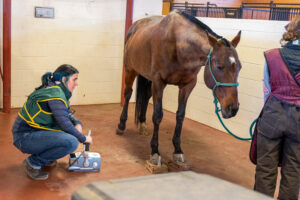
Year Three
Students practice thinking critically about hoof related issues. They also learn practical diagnostic techniques. They receive 20 hours of instruction over the course of one week. Approximately eight are lecture hours; the remaining 12 are in a laboratory setting. Est 2021.
Junior Practicum Goals/Learning Objectives
Monday
- Learn to sketch a foot.
- Know the anatomical features important when issues arise in the foot:
- Lamina, hoof wall, DDFt, Suspensory ligament, vasculature, etc.
- Understand that there are multiple ways to treat cases: Laminitis, WLD, Toe/Quarter cracks.
Tuesday
- Learn proper beam placement.
- Know how to make measurements: sole depth, PA, DB, HL zone, DB, CE, TSA
- Understand what you are looking for and why you would take pre-,during, and post-shoeing radiographs.
- Observe patient handling skills: Positioning on blocks, stance, weightbearing, head positioning.
Wednesday
- Know the value of venogram diagnostic technology.
- Review venogram protocol.
- Introduce interpretation of the venogram.
Thursday
- Practice taking shoes off a horse without damaging hoof wall.
- Learn how to tack a shoe back on when you have removed it.
- Learn about and handle shoeing materials: pads, shoes, impression material.
Friday
- Understand the importance of the vet/farrier relationship.
- Practice using the vernacular taught in 1st and 2nd year classes.
- Run a mock case where you must interact with a farrier to solve a podiatry problem.
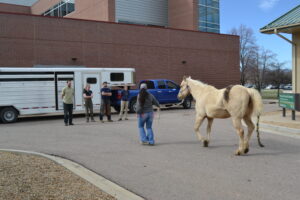
Year Four
Students will work on podiatry cases with a farrier and DVM instructor to identify the problem using examination and diagnostics skills with the ultimate goal of making a plan for the client, patient, and farrier. Students reinforce the clinical knowledge they have been given over the past four years to assess lameness using diagnostic tools. They receive 8 hours of instruction over the course of one day. Est. 2020
Total Commitment
Lecture: 21 hours
Lab: 22.67 hours
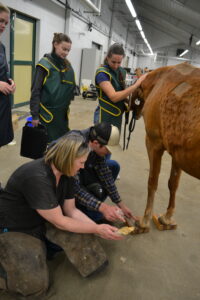
Meet the Instructors
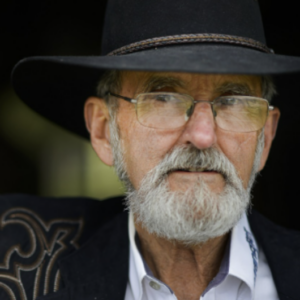
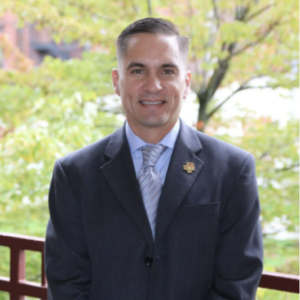
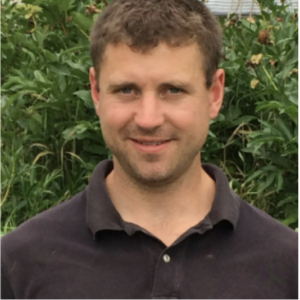
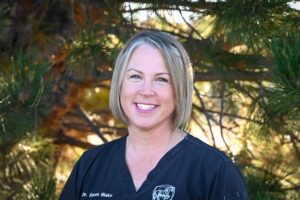
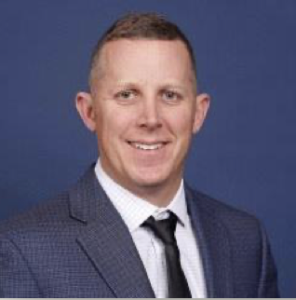

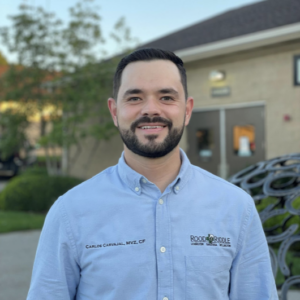
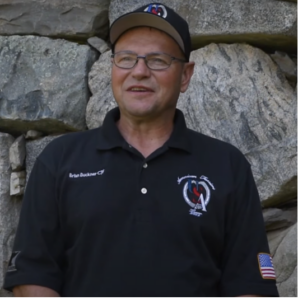
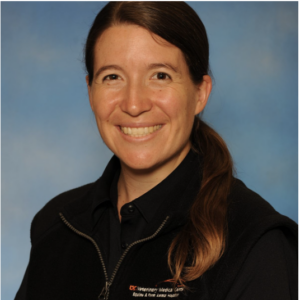
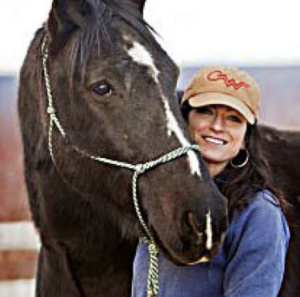
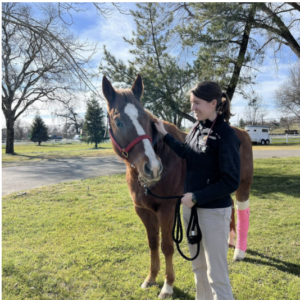
Equine Podiatry Veterinary Services
Our equine podiatry team has a part-time staff veterinarian/farrier who will be responsible for your horse the moment it walks through the door. Equipped with proper standing surgery facilities and a multitude of therapeutic shoeing supplies, we will have your horse working at their best.
Podiatry Center Initiative
The Orthopaedic Research Center at Colorado State University is known worldwide for joint problem prevention and healing research in horses, with complementary work in human athletes. The mission of our program is to investigate the cause, diagnosis, and treatment of musculoskeletal problems for the betterment of horses and the benefit of humans. Leadership has a vision to explore equine podiatry research and education, bringing practitioners, surgeons, and farriers together. Your support in this area will advance research and support innovation in treatment and therapies.